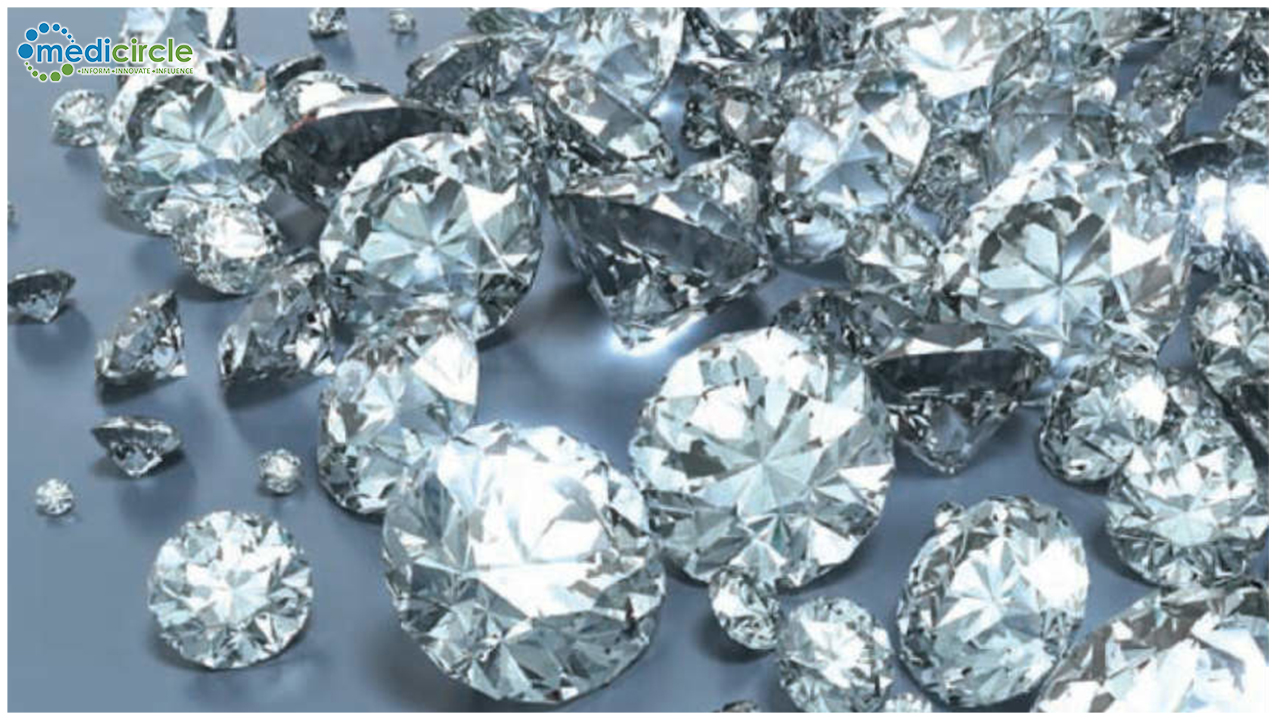Diamond trading declined sharply in February due to economic uncertainty surrounding the coronavirus. Manufacturers and dealers are facing a severe liquidity crunch as sales to China and Hong Kong have stopped.
Diamond prices dropped as a result of the slowdown, with the RapNet Diamond Index (RAPI) for 1-carat diamonds down 1.6% in February. RAPI for 0.30-carat goods, a popular category in the Chinese market, fell 2.1%.
The downturn in China will have a broad impact on the industry. Major trade shows in Hong Kong and Basel, Switzerland, have been canceled and buyer traffic in the bourses has declined.
With Chinese retail at a standstill, the slump in jewelry sales means stores have more inventory than usual for this time of year. Chinese buyers are not expected to return to the market in the coming months. That will result in a buildup of excess goods and a squeeze on liquidity among polished-diamond suppliers.
Midstream inventory levels have already increased: The number of diamonds on RapNet stood at 1.56 million on March 1, up 14.7% since the beginning of the year. Manufacturers are reducing prices to raise cash and minimize their inventory risk.
Meanwhile, rough demand has dropped as manufacturers maintain low polished production. De Beers is trying to support the market by letting sightholders refuse goods that would typically be destined for China.
The diamond industry must align supply with lower levels of demand. Miners are stuck with surplus rough they couldn’t sell last year and will have to reassess production levels in the current weak market, as the February Rapaport Research Report outlines. At the same time, manufacturers need to make rough buying decisions based on declining polished prices and keep inventory low while the crisis persists.

 Due to the outbreak of coronavirus rough demand has dropped as manufacturers maintain low polished production. De Beers is trying to support the market by letting sight-holders refuse goods that would typically be destined for China.
Due to the outbreak of coronavirus rough demand has dropped as manufacturers maintain low polished production. De Beers is trying to support the market by letting sight-holders refuse goods that would typically be destined for China.











.jpeg)






.jpeg)





.jpeg)



.jpeg)
.jpeg)
